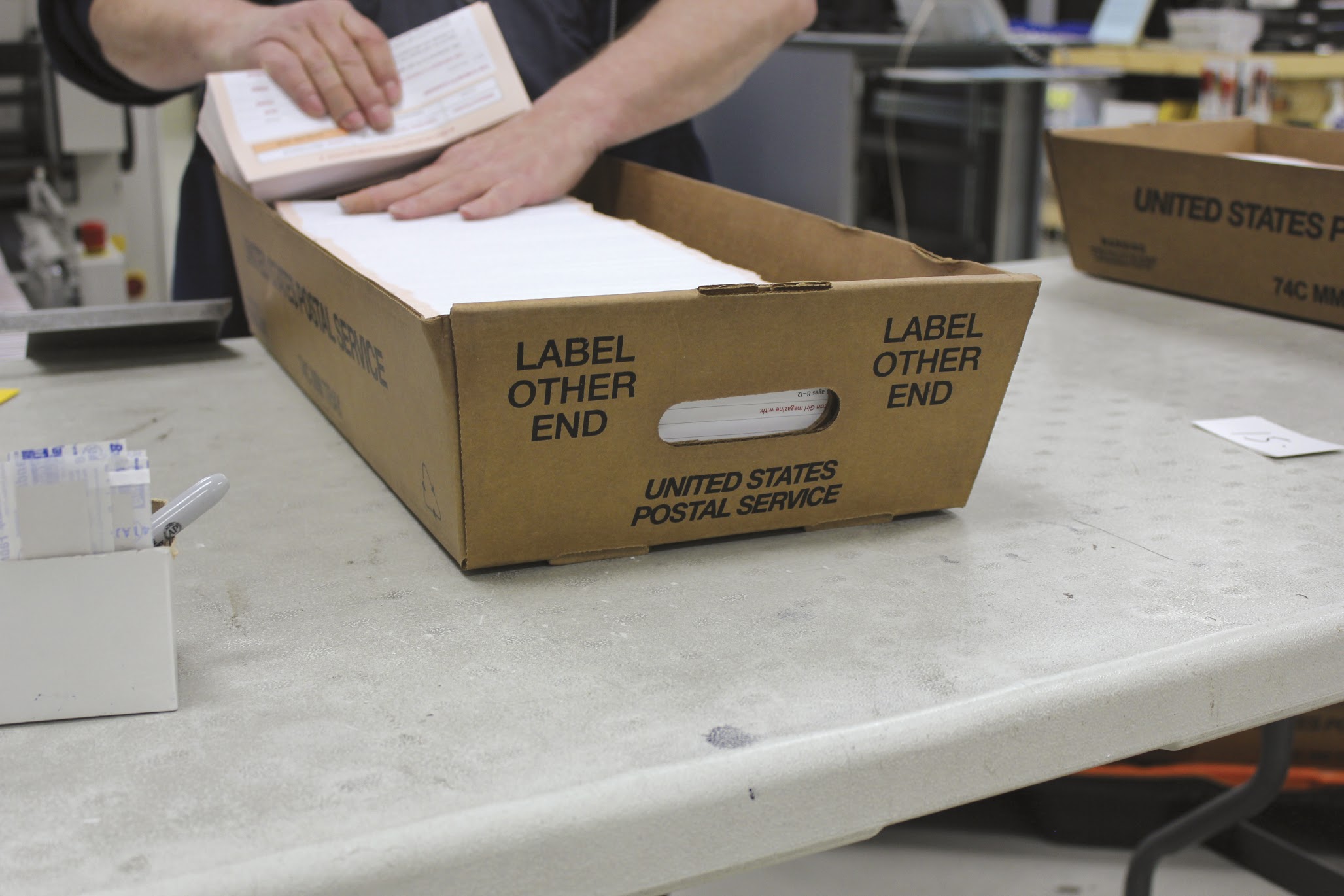
Given all the ways we communicate digitally through text, email, social media just to name a few, many wonder why “physical” marketing like direct mail is still used extensively by marketers.
With statistically longer lead times than digital as well as the expenses that come with printing and delivery, why do companies continue to connect with us through the mailbox?
In short, because it works––when it’s done right, that is.
Even in the digital age, targeted direct mail campaigns have remained effective at generating business when companies take the time to do their homework and create eye-catching, customer-relevant promotions.
Compared to email marketing for example, analysts project sales driven by direct mail to reach over $550 billion compared to just about $82 billion from email.
When companies keep the blinders on, however, direct mail can turn into an expensive mistake that most likely won’t make it onto next quarter’s to-do list.
So, how do you actually make direct mail work? How can a direct mail solution connect with customers in the digital age?
Transitioning from direct to dynamic: a smarter approach to direct mail
To the average recipient, getting home to a mailbox stuffed with irrelevant ads and promotions can prompt a quick trip to the recycling bin. After all, what should a company expect sending mailers to someone who has no interest in their products or service?
This is junk mail, plain and simple. But it doesn’t take an expert to realize how little planning and optimization went into a campaign like that.
Thankfully, marketers are getting smarter with their direct mail campaigns and instances like these are quickly becoming a thing of the past. The most successful campaigns combine four key elements to form a more effective “dynamic” approach.
1. A targeted and thoroughly cleansed contact database
If you’re targeting current customers with a direct mail campaign, be sure you have up-to-date information on how recently customers purchased from you as well as how often they shop with you and how much they’ve spent. This RFM (Recency, Frequency and Monetary Value) model is the foundation of every successful re-targeting campaign.
If you’re reaching out to new customers through a mailing list, make sure the list is cleansed and up-to-date to maximize delivery rates. Poor quality lists result in 6.8 billion pieces of undeliverable mail each year and about $27 in lost sales.
In addition to a high quality mailing list, make sure you’re being smart with your targeting strategy. If you’re a toy store, you’ll want to target households with multiple children that live within a few miles of your locations. While highly specific lists may cost more, the reward is well worth the investment.
2. A strong, compelling offer
While this may seem like common sense, it’s often where organizations make the biggest mistakes. Typically, offers that are both generous and well worded result in far higher response rates than others.
Here are a few simple copywriting guidelines to help ensure your offer is well received:
- Don’t let creative elements distract from the offer itself. Use simple, clear language to communicate with the recipient.
- Focus on maximizing the offer’s perceived value. Ask yourself if you would be compelled to redeem it if you found it in your mailbox.
- If your offer includes a discount opportunity, keep in mind that “dollars-off” promotions just about always outperform percentage offers.
Aside from great copy, truly dynamic campaigns take advantage of new variable software to speak directly to each individual recipient. This new software allows you to include personalized messages, graphs, directions, images and more.
3. A well-timed campaign launch and follow-up
So far, we’ve been talking about the “what” of your campaigns, but the “when” is just as crucial. For time sensitive offers, remember that recipients must have enough time to receive the mail, make a decision to act on it and perform an action if they choose to.
Whether it’s a time sensitive discount or an event you’re promoting, delayed campaign launches can derail your marketing efforts before the message ever gets to your target.
After creating your campaign, make sure to account for all production and distribution times including:
- Processing. How much time will it take for your campaign to actually reach the mailbox after submitting the order?
- Shipping and mailing times. Delivery times and class of mail go hand-in-hand. Be sure you’re not rushing a campaign only to have it stalled by extended delivery times.
It’s also important to consider how often a mailer should be sent to have the desired impact on your audience. Use the following guidelines to achieve the effect you want:
- 1 time: Interruption and introduction to your brand
- 3 times: Brand recognition
- 4 or more times: Familiarization
4. Leverage new, highly targeted personalization tools
Direct mail truly becomes dynamic when it combines targeting and personalization. Multi-channel campaigns create a powerful bridge between physical and digital marketing efforts.
Personal URLs or PURLs, allow you to build a more meaningful relationship with your audience by giving them the ability to redeem offers online. This also allows you to collect useful data you can use to re-target leads in the future.
Want to learn more about taking your direct mail campaigns to the next level with an integrated direct mail solution? Download our free infographic: Dynamic Direct Mail: The Neglected Channel That Transforms Brands and Sales.


